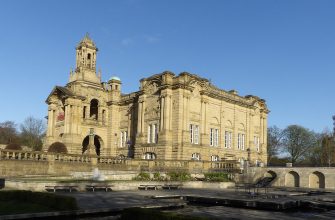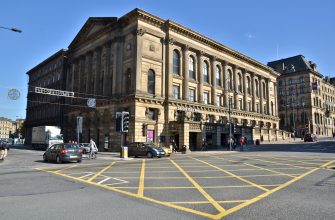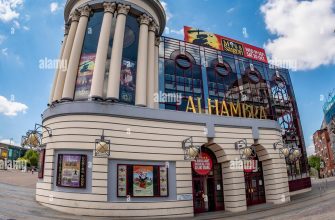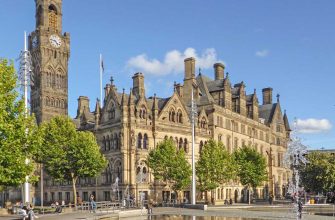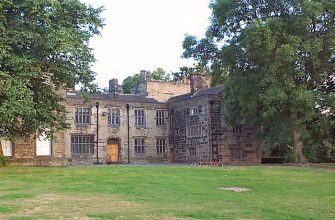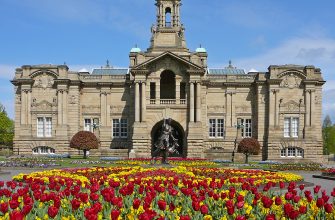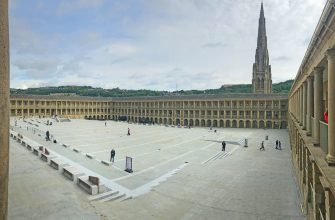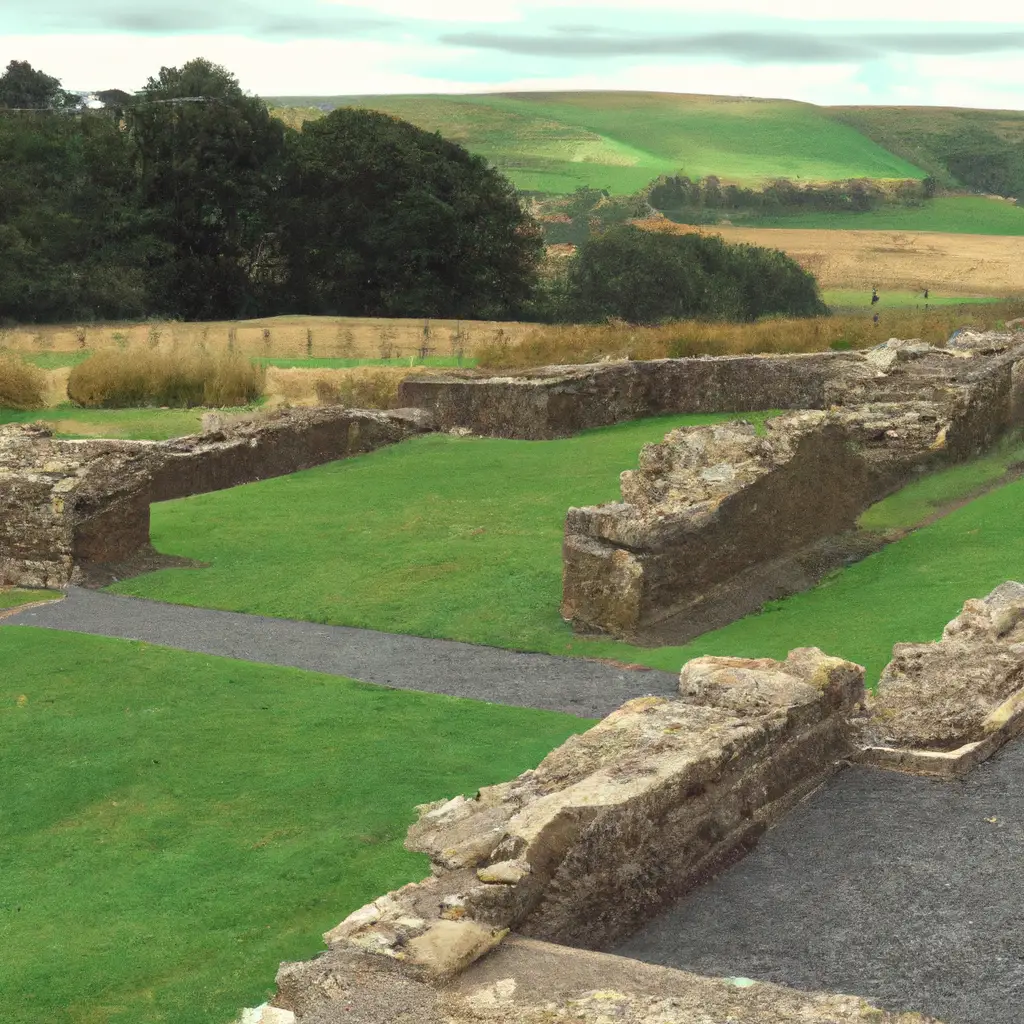
The Vindolanda Trust is a charitable organization dedicated to the preservation and promotion of the UNESCO World Heritage Site of Hadrian’s Wall. Located in Northumberland, England, Hadrian’s Wall was built by the Romans in the 2nd century AD and is one of the most iconic archaeological sites in the world. The Vindolanda Trust is responsible for the management of the archaeological sites and museums associated with the wall, and for the conservation and interpretation of the Roman forts and artifacts found there.
History of Hadrian’s Wall
Hadrian’s Wall was built by the Roman Empire in the 2nd century AD to separate the Roman province of Britannia from the northern lands of the Picts and Scots. The wall stretched from coast to coast across Britain, running for 73 miles from Wallsend on the east coast to Bowness-on-Solway on the west coast. Along the way, it passed through some of the most beautiful and rugged scenery in the country.
The wall was built using a combination of stone and turf, with a ditch and a stone wall on the northern side. It was guarded by a series of forts, which were built every few miles along the route. These forts were occupied by Roman troops and served as bases for the Roman army.
Vindolanda Trust and its Role
The Vindolanda Trust was established in 1970 to protect and preserve the archaeological remains of the Roman forts and settlements along Hadrian’s Wall. The Trust is responsible for the management of the archaeological sites and museums associated with the wall, and for the conservation and interpretation of the Roman forts and artifacts found there.
The Trust organizes a variety of activities and events to promote the history and archaeology of Hadrian’s Wall. It also runs educational programs and offers guided tours of the wall and its associated sites.
What to See at Hadrian’s Wall
Hadrian’s Wall is an incredible archaeological site, and there is much to see and explore. The wall itself is a stunning sight, and visitors can walk along sections of the wall and explore the remains of the Roman forts.
The Vindolanda Trust also manages a number of museums and archaeological sites associated with Hadrian’s Wall. These include the Roman Army Museum, the Vindolanda Fort, and the Roman Bath House. These sites offer visitors the chance to explore the history of the wall and gain a deeper understanding of the Roman presence in Britain.
Tours and Admission
The Vindolanda Trust offers a variety of guided tours of Hadrian’s Wall and its associated sites. Tours are available for all ages and abilities, and range from short walks to full-day excursions.
Admission to the wall and its associated sites is free, although there may be a charge for some activities and events.
Tips for Tourists
Visiting Hadrian’s Wall is a great way to explore Britain’s ancient Roman history. Here are some tips for visitors:
- Wear comfortable shoes and warm clothing, as the terrain can be uneven and the weather can be unpredictable.
- Bring a camera to capture the stunning scenery and archaeological sites.
- Take advantage of the guided tours offered by the Vindolanda Trust to gain a deeper understanding of the history of the wall.
- Be sure to visit the museums and archaeological sites associated with the wall to get a more in-depth look at the history of the area.
- Allow plenty of time to explore the wall and its associated sites.
Practical Information
Hadrian’s Wall is located in Northumberland, England. The nearest major city is Newcastle-upon-Tyne, which is around an hour’s drive away. The Vindolanda Trust is based in the small village of Bardon Mill, which is around 25 miles from Newcastle.
The wall is open all year round, although some of the sites associated with it may be closed at certain times of the year. Visitors should check the Vindolanda Trust website for more information.

